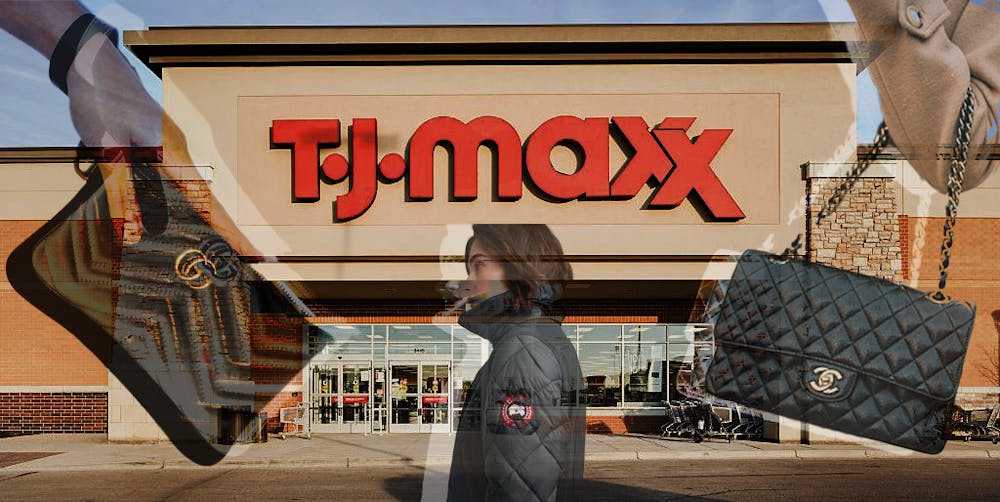Louis Vuitton, Chanel, and Prada: all household names to most, despite their absurd price tags and supposed inaccessibility to most. Despite how exclusive these brands seem to be, we see and hear about them everywhere—on the street due to recognizable logos, through social media, and even in our Zoom classes. This is partially due to a new class of luxury—affordable luxury—which has allowed for many more young people to indulge in these high–end brands.
Z. John Zhang, a professor of Marketing at the Wharton School, delved into the phenomenon of affordable luxury and the implications of this marketing strategy on the future of consumerism for young people. He notes that luxury items hold significance in many ways. Not only are they often an indicator of great quality and craftsmanship, but the psychology behind owning brand–name items is what often induces consumers to invest in them. “You want to show other people you’re different … You want to stand out somehow," Zhang says.
But of course, these products are not made to be accessible to all people, and that is a part of their appeal. These brands target white–collar workers and those with a large disposable income that would not be burdened by the purchase of thousand–dollar belts and handbags.
However, the luster of these brands still appeal to many young people despite the discrepancy between the price tag and their disposable income, or lack thereof. Yes, we can say that a part of these brands’ market is college students with little to no financial responsibilities, but that certainly doesn't reflect the experience of the average college student.
This is where affordable luxury comes in. Zhang describes it as a bid to expand the market and increase sales, attracting a young target market that can't afford to spend thousands. This leads to the popularization of smaller products, usually miniature accessories, that are slightly more accessible in price than larger items.
A great example is the Louis Vuitton key pouch. Priced at $270, it's a significant difference from the brand’s handbags that are upwards of thousands of dollars. It is now one of the least expensive items offered by Louis Vuitton but also one of the most sought after.
Zhang describes these products as a way for luxury brands to introduce themselves to young people and remain current in the market. “[Luxury brands] want to bring them in, impact them, educate them about the usage of the product. And [luxury brands] also want to make sure that [their] brand is not just for grandparents,” Zhang says.
These brands intend that in the future, when these young college students do have a large disposable income, they will be drawn to spending it at these luxury stores, having already purchased from them in the past.
With the rapid rate of growth of the global economy, brands not only see the potential in the next generation of luxury brand consumers, but they also need to stay current in the lives of their consumers such that everyone wants a piece of it. Thus, the purpose of these smaller items boils down to them being “a good way to increase profitability and make sure that [luxury brands] still own the future," Zhang says.







